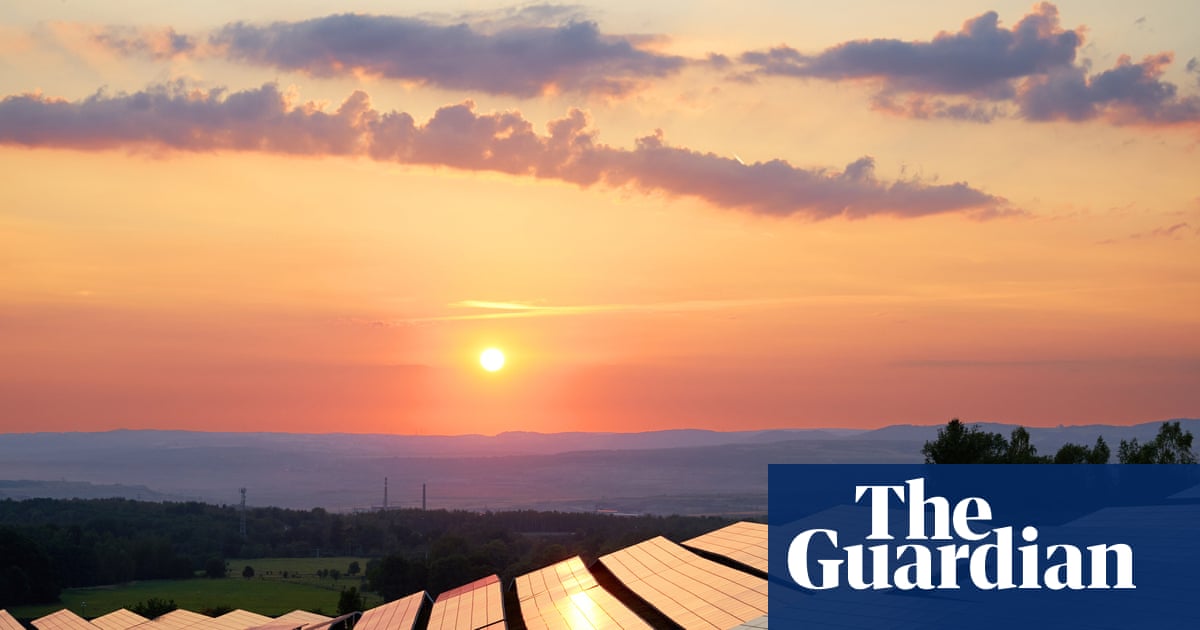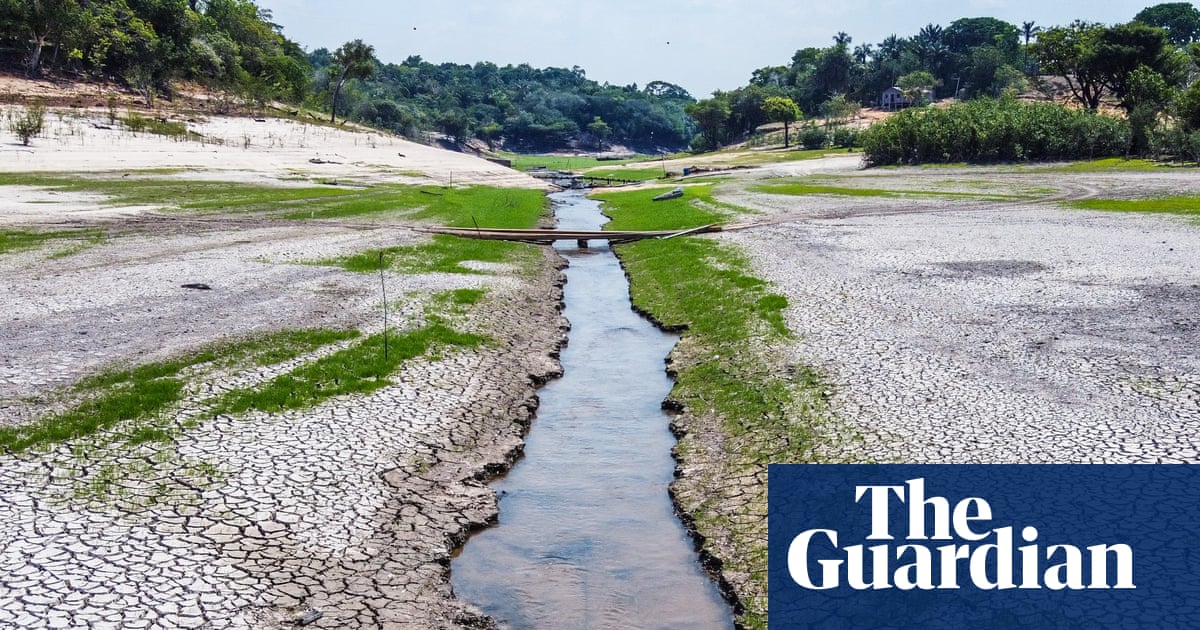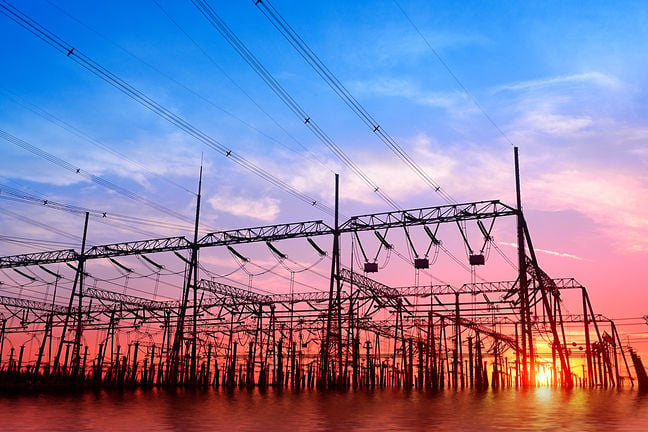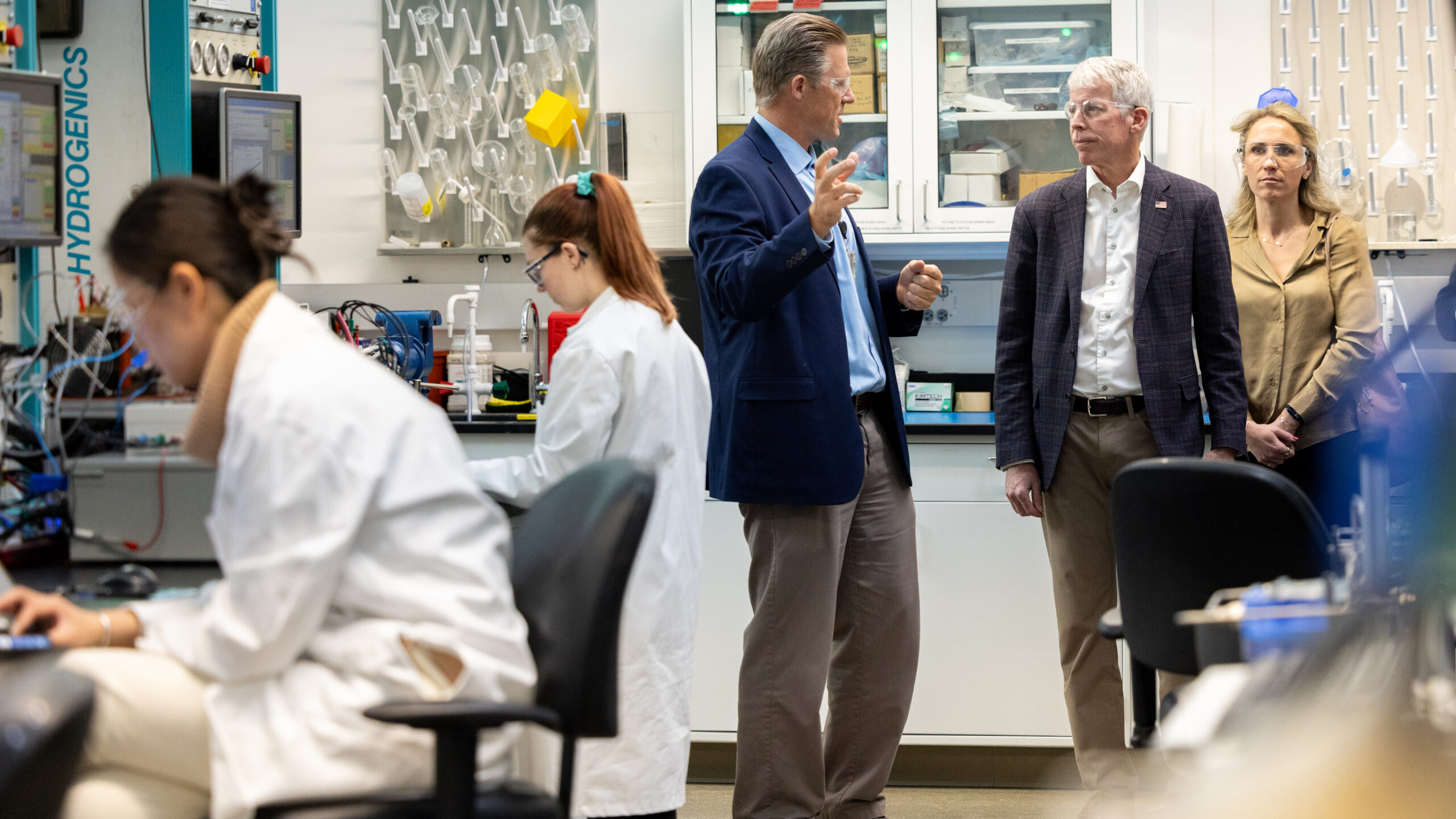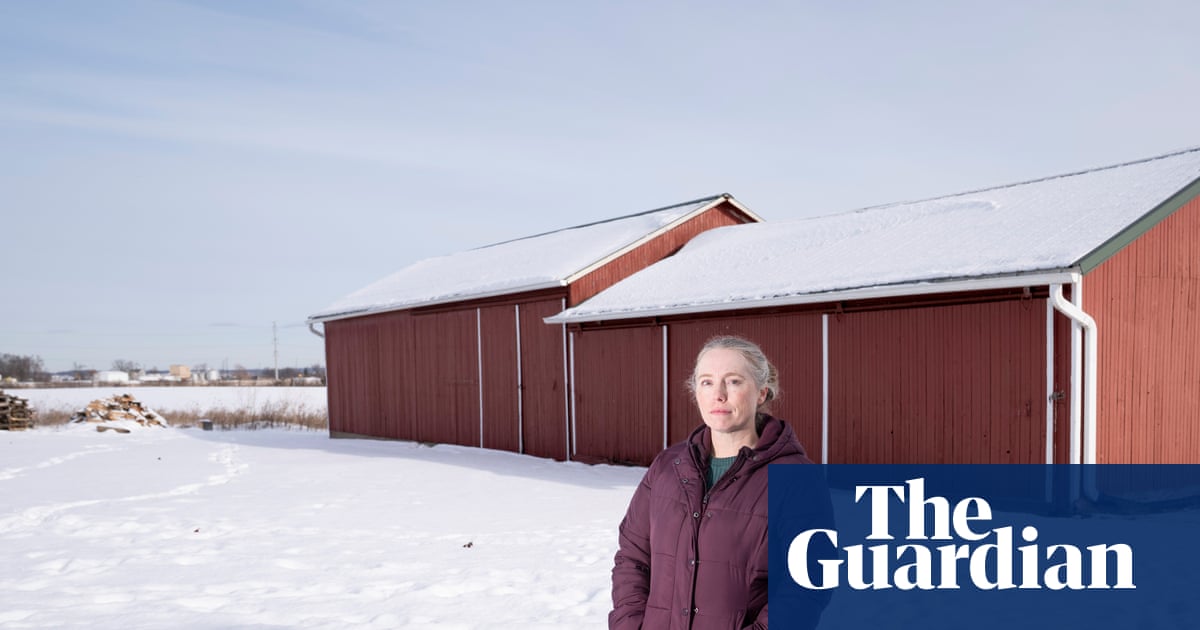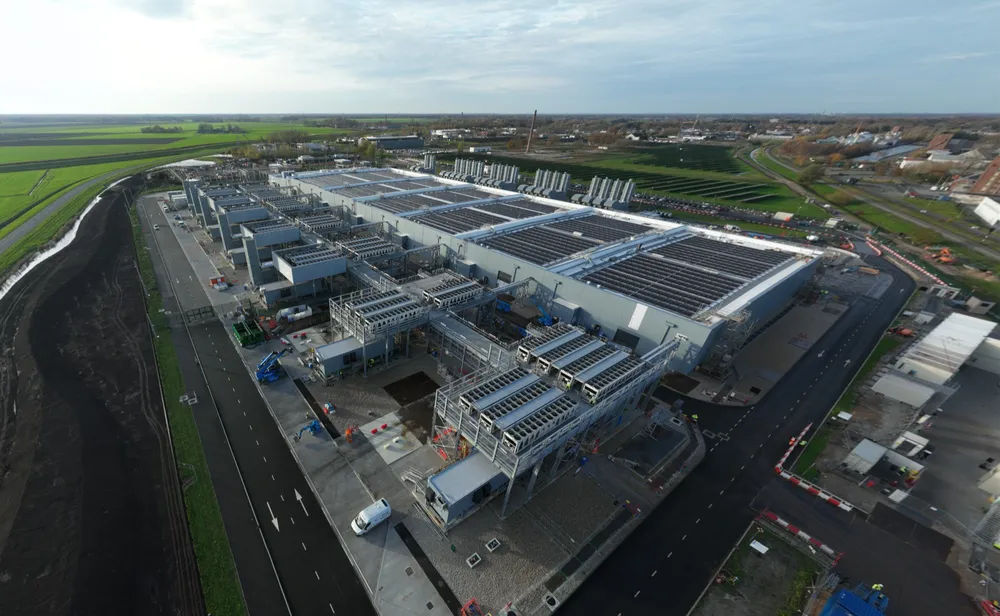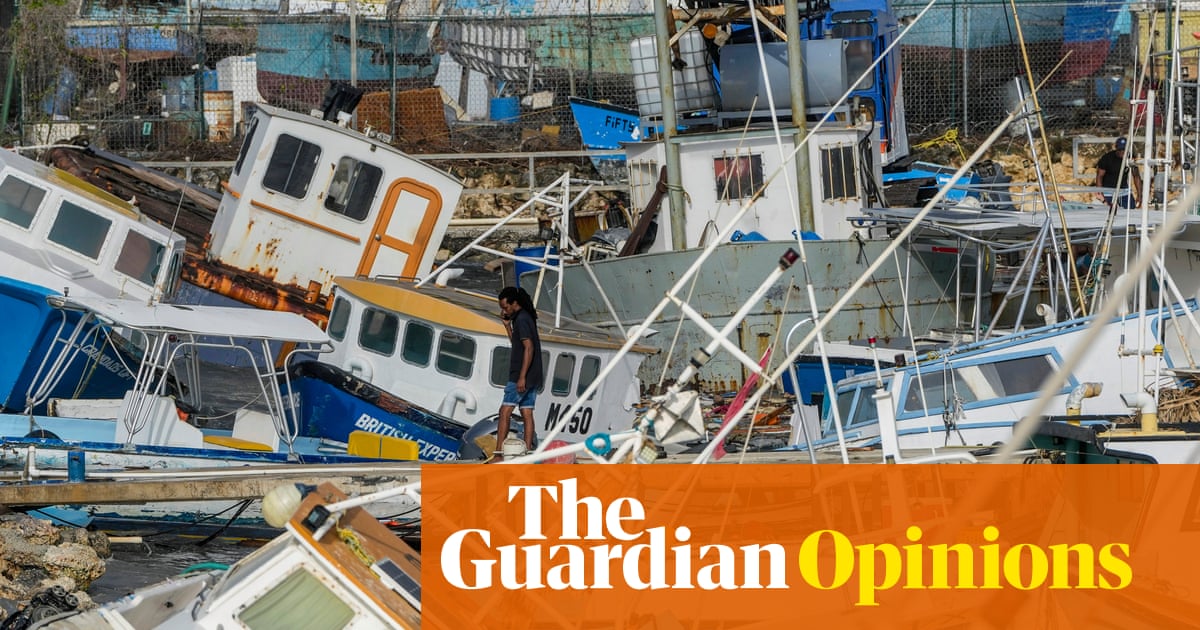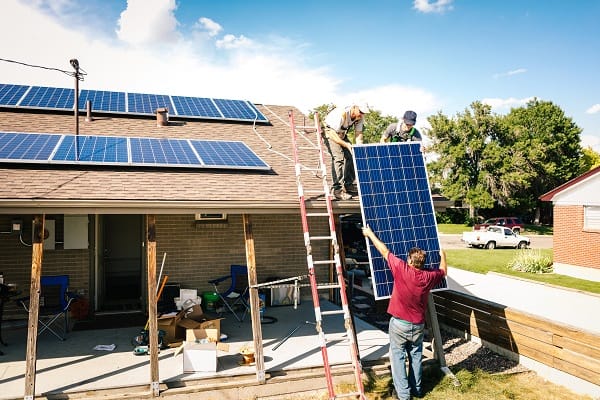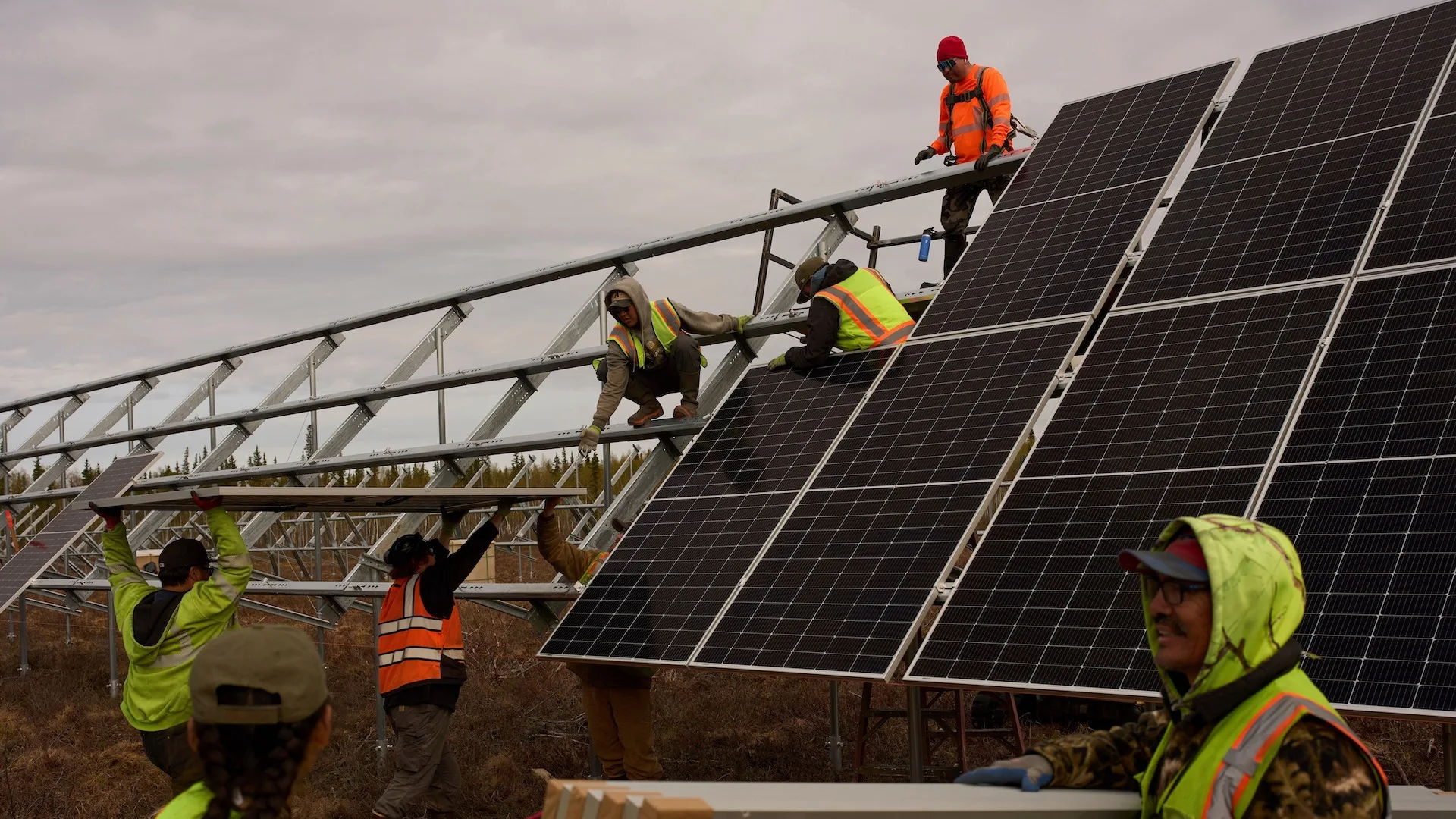#Renewable energy
#Renewable energy
[ follow ]
#renewable-energy #climate-change #energy-policy #electricity-demand #solar-power #cop30 #paris-agreement
Environment
fromBusiness Insider
2 days agoWhat's behind rising electricity bills? Experts say it's a lot more than data centers.
Rising US electricity bills are driven mainly by generation delays, an aging grid, extreme weather, and supply-chain constraints—not primarily by renewables or data centers/AI.
California
fromwww.theguardian.com
4 days agoThe biggest transformation in a century': how California remade itself as a clean energy powerhouse
California is rapidly expanding renewable energy and battery storage, reducing natural gas use and positioning itself as a de facto national and global climate leader.
fromArs Technica
5 days agoHow Europe's new carbon tax on imported goods will change global trade
Around the world, CBAM has faced strong criticism. India and China describe it as "green protectionism," arguing that it puts unfair pressure on developing economies. At the same time, the EU has not yet created dedicated funding to help exporters in lower-income countries adapt. Without this support, the mechanism may not achieve the desired results. What about consumers? Although CBAM is mainly aimed at industry, its ripple effects will reach consumers in the EU.
Environment
fromFuturism
5 days agoGermany Building Clever System to Heat 40,000 Homes Using Device Powered by River Water
The Rhine is the second-longest river in Western Europe, discharging about 100,000 cubic feet of water a second into the North Sea. It snakes through the Swiss Alps and makes up large sections of Germany's western border with France, spreading out across a major delta in the Netherlands before emptying into the ocean. It's also an enormous, largely untapped resource for clean power.
Environment
fromwww.aljazeera.com
6 days agoNorway's green transition is putting Sami culture at risk
I grew up in a small place called Tana, where there were just 12 children in my school class. Of the five of us who were Sami, two came from families of reindeer herders. At the time, I believed the rest were Norwegian. Later, I learned that everyone in my class was Sami. Their parents had been pressured to hide who they were.
Miscellaneous
US politics
fromEarth911
1 week agoClassic Podcast: Historian Jay Hakes on the 1970s Energy Crises' Link to Climate Policy Today
1970s energy crises reshaped U.S. energy policy, prompting early renewable investments and influencing decades of oil-focused choices and later renewed shifts toward energy independence.
fromKqed
1 week agoCalifornia Lowers Climate Pollution by 3%, Report Finds | KQED
California's planet-warming pollution shrank by 3% in 2023, one of the largest year-over-year reductions the state has seen, according to a report by nonprofit Next 10. The state's use of cleaner fuels in heavy-duty transportation, like big rigs, and its deployment of battery storage and solar energy drove this climate progress, in large part. While the transportation sector comprised the state's largest category of emissions, accounting for roughly 38% of emissions in 2023, it also saw the largest percentage decrease in emissions of any other sector, falling by 4.6%.
Environment
Environment
fromFortune
2 weeks agoExelon CEO: The 'warning lights are on' for U.S. elecgrid resilience and utility prices amid AI demand surge | Fortune
Immediate investment in diverse power generation and efficiency upgrades is required to prevent grid failures and curb soaring utility bills amid rising AI-driven demand and electrification.
fromwww.theguardian.com
2 weeks agoUS judge strikes down Trump order blocking wind energy projects
A federal judge on Monday struck down Donald Trump's executive order blocking wind energy projects, saying the effort to halt virtually all leasing of windfarms on federal lands and waters was arbitrary and capricious and violated US law. Judge Patti Saris of the US district court for the district of Massachusetts vacated Trump's 20 January executive order blocking wind energy projects and declared it unlawful.
US politics
fromHomebuilding
2 weeks agoFloating solar panels heading to the UK
(Image credit: Getty Images) Floating solar panels are a growing trend around the world, and the UK seems to be cottoning on to their potential. The government has just approved the largest floating solar panel project in Barrow in an attempt to generate cheap energy. The project promises to solve one of the biggest problems with large-scale solar projects, the amount of land that they take up, meaning solar panels could become even more viable across the UK.
Environment
fromwww.scientificamerican.com
2 weeks agoChina's CO2 Emissions Might Have Finally Peaked
China's carbon dioxide emissions have plateaued in 2025, indicating the country may have reached a peak after years of being the world's top emitter. The plateau reflects how China's record-setting build-out of wind and solar power and rapid expansion into electric vehicles has tempered fossil-fuel emissions, according to the nonprofit Center for Research on Energy and Clean Air. China accounts for around one third of all global greenhouse gas emissions, although historically the U.S. has emitted more carbon.
Environment
fromenglish.elpais.com
2 weeks agoTikTok's first data center in Latin America will be in Brazil and will run entirely on wind power
TikTok, one of the world's most popular social media platforms, announced Wednesday that it will build its first data center in Latin America in Brazil, near the city of Fortaleza. The project represents a $38 billion investment. The Chinese company's supercomputers, which have revolutionized the internet with their short videos that are followed by hundreds of millions of users, will be operational in 2027 and will be powered exclusively by 100% renewable energy, according to a TikTok statement.
World news
fromwww.aljazeera.com
3 weeks agoWestern Cuba faces blackout as government seeks to update energy grid
For hours, millions of residents remained in the dark as the government worked to restore power to an area that spans from the westernmost province of Pinar del Rio to Mayabeque, just east of Havana. Throughout the morning, officials sought to reassure the public that electricity would soon be restored. Following the power outage in western Cuba, the workers at [the Ministry of Energy and Mines] immediately began restoration efforts, which are already under way,
World news
fromBitcoin Magazine
3 weeks agoHow Trash In Colombia Is Now Mining Bitcoin Cheaper Than Anywhere In America
Colombian Bitcoin and crypto mining company Horeb Energy reveals 2.5 cents per kWh of green biogas energy in the North Santander region of the Latin American country. The company has achieved energy prices 50% lower than the North American average of 3.5 to 6 cents per kwh for Bitcoin mining operations, through a strategic alliance with multinational energy company Veolia. Authorized in 1853 by Napoleon III to help build out public water works infrastructure in France, Veolia is a global leader in environmental services focused on water, waste, and energy solutions. Today in Norte de Santander, Colombia, the company operates critical facilities dedicated to biogas valorization and solid waste management - a common problem in Colombia and Latin America in general, known for massive landfills. Veloia also operates the "Centro Inteligente de Gestión Ecológica" - CIGE Guayabal landfill, a pioneer in biogas systems development in the region.
Environment
UK news
fromLondon Business News | Londonlovesbusiness.com
1 month agoInvesting in the UK in 2026: Orb Strategies reviews possible venues - London Business News | Londonlovesbusiness.com
UK investment focus will likely shift toward undervalued equities, renewable energy projects, technology/fintech growth, and alternative assets amid ongoing political and trade uncertainties.
Artificial intelligence
fromHarvard Business Review
1 month agoHow Data Centers Can Support Energy Resiliency While Managing AI Demand - SPONSOR CONTENT FROM SCHNEIDER ELECTRIC
AI-driven data center growth is rapidly increasing electricity demand, straining grids and requiring major investments, renewable capacity, and new utility models.
Environment
fromwww.theguardian.com
1 month agoBhutan PM on leading the first carbon-negative nation: The wellbeing of our people is at the centre of our agenda'
Wealthy Western nations responsible for the climate crisis can improve citizen health and happiness by prioritising environmental conservation and sustainable economic growth.
fromThe New Yorker
1 month agoWhy the Time Has Finally Come for Geothermal Energy
When I arrived in Reykjavík, Iceland, last March, a gravel barrier, almost thirty feet at its highest point, had been constructed to keep lava from the Reykjanes volcano from inundating a major geothermal power station not far from downtown. So far, it had worked, but daily volcano forecasts were being broadcast on a small television at the domestic airport where I was waiting to take a short flight to Akureyri.
Environment
fromwww.theguardian.com
1 month ago$170,000 a minute: why Saudi Arabia is the biggest blocker of climate action
Can you imagine someone giving you $170,000 (129,000)? What would you buy? Can you imagine getting another $170,000 one minute later? And the handouts then continuing every minute for years? If so, you have a feel for the colossal cash machine that is Saudi Arabia's state oil company Aramco, the world's biggest producer of oil and gas last year. That tidal wave of cash keeps the authoritarian kingdom afloat,
Environment
Real estate
fromComputerWeekly.com
1 month agoBlackpool Council preps datacentre planning application for tech-focused town regeneration bid | Computer Weekly
Blackpool will develop a 40-acre Silicon Sands technology campus anchored by a 6MW renewable-powered datacentre leveraging low-latency undersea fibre connections.
fromBusiness Insider
1 month agoWe moved from Seattle to the Boston area so my husband could attend Harvard. Living here hasn't been so easy.
Hayley and Helaman Perry-Sanchez put off their move to Cambridge, Massachusetts, as long as they could. Helaman was accepted to Harvard Business School in 2020, and though he was excited to pursue his MBA, the Perry-Sanchezes weren't as eager to relocate to the East Coast. After meeting and marrying while they were in college in Utah - and subsequently leaving the Mormon church together - Hayley, 27, and Helaman, 29, had found jobs and built a life in Seattle.
Real estate
fromIT Pro
1 month agoEquinix announces multi-billion pound data center investment in 'huge win' for UK
This £3.9 billion investment is a huge win for Britain. It will give businesses - from life sciences to high street banks - the ability to connect to thousands of other businesses across the world in an instant, powering our AI ambitions, boosting growth and creating hundreds of well-paid jobs,
UK news
fromwww.theguardian.com
1 month agoUK unveils carbon budget delivery plan' to get back on track for net zero targets
This Labour government is all in on action to tackle the climate crisis because it is the way to secure better lives for people in Britain today and protect future generations tomorrow. This plan sets out the ambitious actions we have taken in our first 15 months unleashing investment, creating jobs, rebuilding our energy security. Meanwhile, our political opponents have embarked down an anti-jobs, anti-science path that would spell disaster for our economy, our security and our planet.
UK news
fromIT Pro
2 months agoPlans announced for UK's first renewable-powered sovereign cloud
Together with SambaNova and our strategic partners, we're building a sovereign AI infrastructure powered by renewable energy, demonstrating that sustainability and scale can go hand in hand. Our goal isn't just to make AI greener, but to make it competitive, compliant and cost-effective.
Artificial intelligence
Business
fromFortune
2 months agoThis Global 500 energy CEO says the model for the global corporation that worked for 20 years is obsolete-here's what he's building instead | Fortune
Schneider Electric must accelerate innovation and agility to lead the fast-accelerating energy transition driven by renewable supply growth and widespread electrification of demand.
fromBusiness Matters
2 months agoGovernment targets 400,000 new green energy jobs in major national skills drive
The Government has unveiled a national plan to create 400,000 green energy jobs within the next five years, in what ministers say will be one of the most significant workforce transitions in modern British history. Energy Secretary Ed Miliband said the programme aims to double the number of people working in the UK's low-carbon sector by 2030, with a sharp focus on equipping tradespeople, school leavers, ex-service personnel and workers leaving fossil fuel industries with the skills needed to support the transition to net zero.
Environment
[ Load more ]
